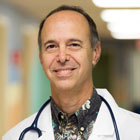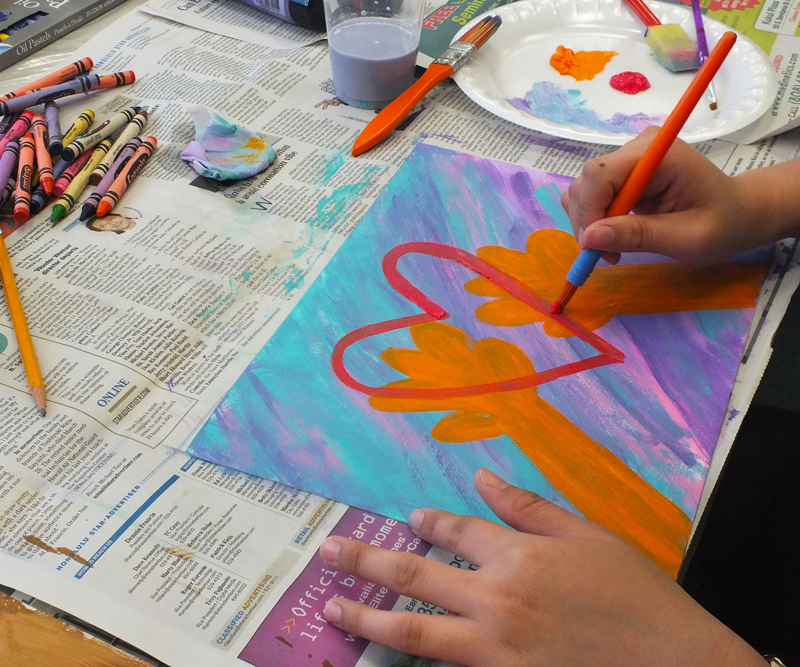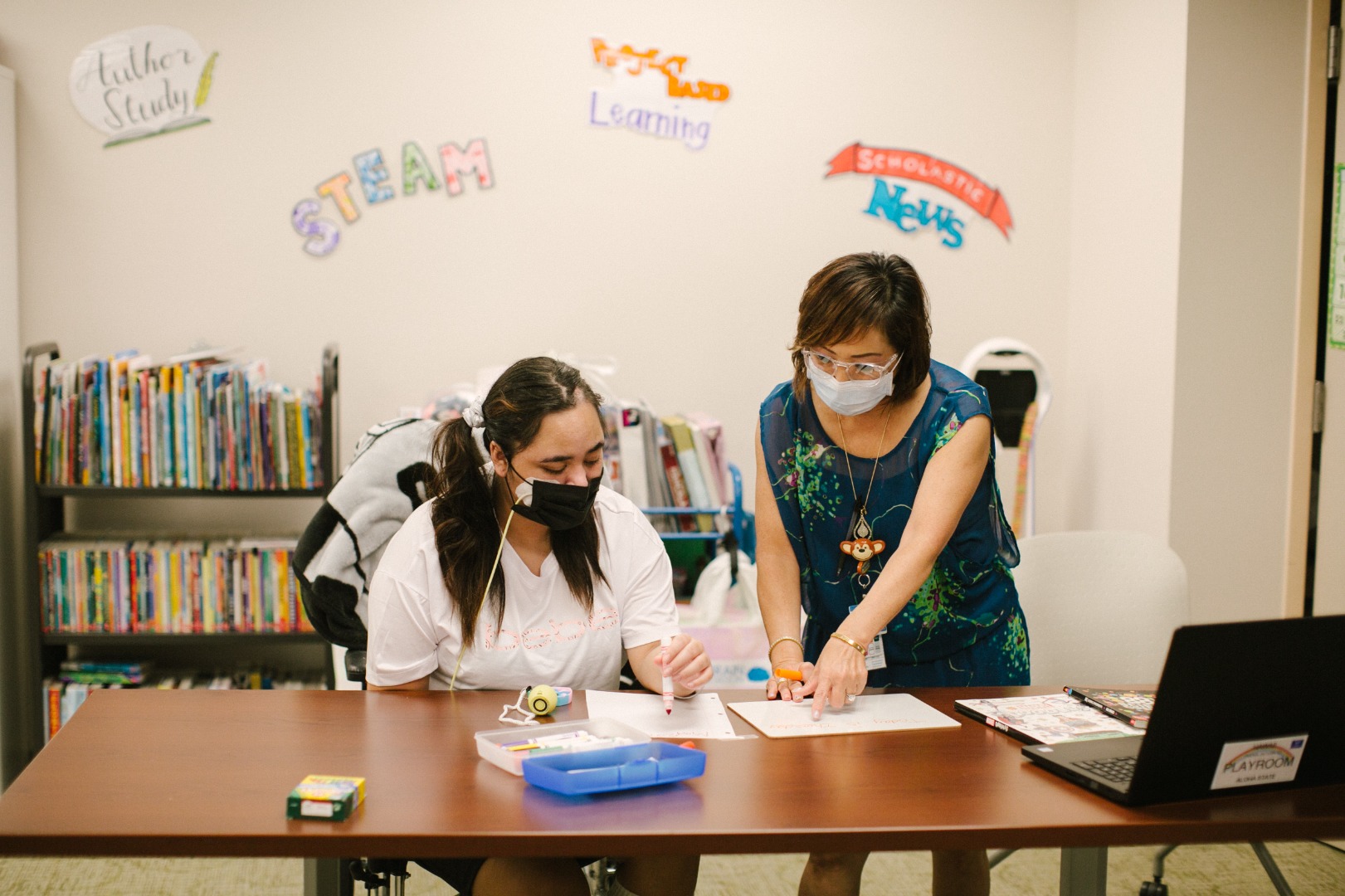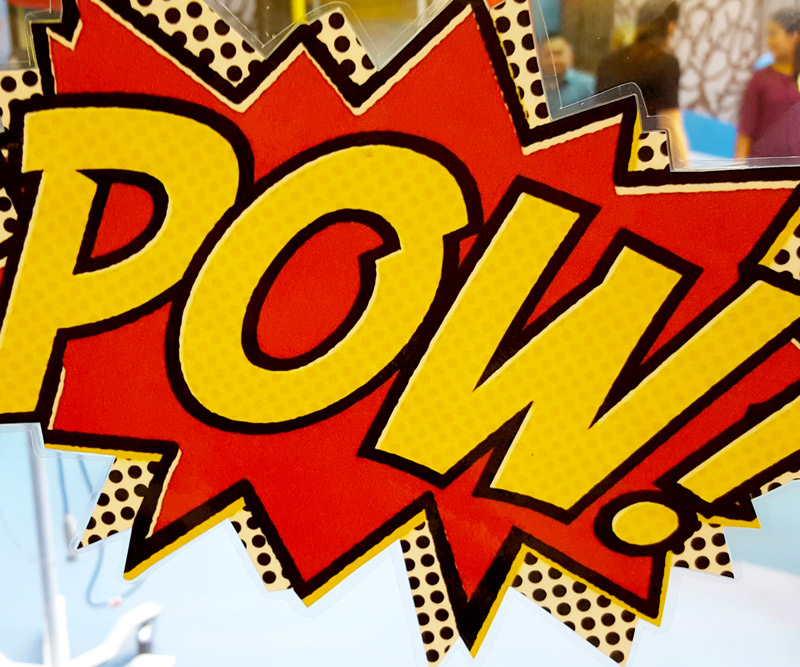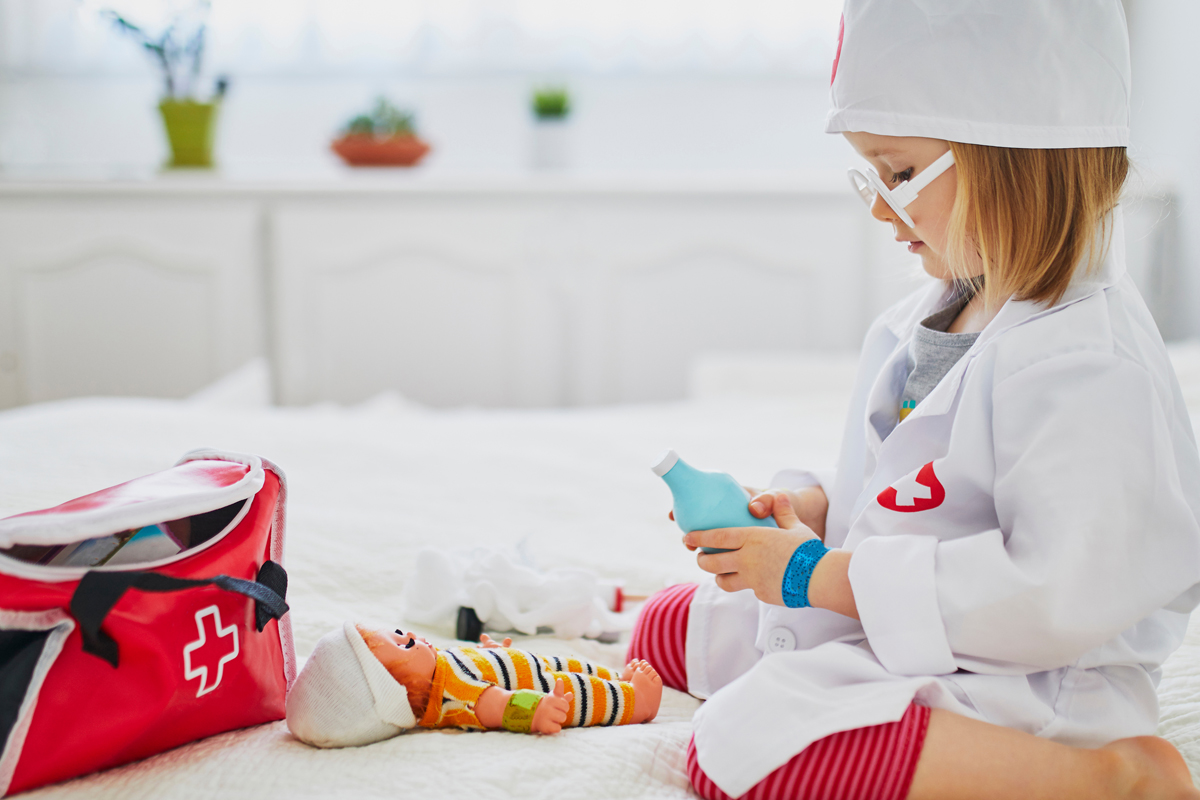
From Diagnosis to Discharge: A Doctor Details the Treatment Plan for Fighting Childhood Cancer
Treatment for childhood cancer starts as soon as possible.
When we first suspect cancer, we need to get a sample to confirm the diagnosis and to find out certain characteristics of the cancer that will help us treat it better. This could involve a biopsy if a tumor is suspected or a bone marrow test if leukemia is suspected.
The children are sedated for these tests so it doesnʻt hurt.
If we find cancer, we do X-rays and other tests to see if and where it has spread.
We then determine the most effective therapy for the type and subtype of cancer, and see if any clinical trials are available. If they are, we invite the family to participate, once they know all the details.
We meet with the family and explain all the details of their individualized plan of therapy.
I canʻt stress enough how important this step is.
Hearing that your child has cancer is so overwhelming, and not knowing what to expect makes it even more frightening.
Going over the schedule in detail, talking about each medication their child is going to receive and what all the possible side effects are … these discussions help families feel a little more prepared for what is to come.
Most children with cancer get rounds or cycles of chemotherapy medications, and some get radiation therapy.
“Chemotherapy” is a general term that refers to any medication that fights cancer. There may be hundreds of chemotherapy medicines, but only some are good for each type of cancer.
Some chemotherapy medicines are given through the IV, some are swallowed as a pill, while others are given as a shot.
A treatment plan uses many different chemo medications and changes them up to keep the cancer from becoming resistant.
Radiation therapy is delivered to a certain spot in the body (usually where a tumor is) by a machine.
The machine is pointed at the precise spot of the tumor, and then delivers a dose of radiation right there.
Although this type of therapy is good for tumors that are sensitive to radiation, it can have a lot of side effects in children, so itʻs not used very often in childhood cancer.
The actual treatment – which chemotherapy medicines the patient receives, how often and for how long – differs depending on the type of cancer.
Some patients need to be admitted to the medical center for a number of days to get their chemotherapy; others can get it in the clinic and then go home. There are also instances where the child can take their medication orally at home.
Most patients are able to go home, go to school and come in for checkups until it is time for their next round of chemo, anywhere from one to four weeks between treatments.
The total length of treatment can vary from a few months to three-and-a-half years, again, depending upon the type of cancer.
Hearing that your child has cancer is so overwhelming ... Going over the schedule in detail, talking about each medication and what all the possible side effects are – these discussions help families feel a little more prepared for what is to come."
Throughout the child’s therapy, parents and the medical team are watching for side effects and treating them as they arise.
One of us is on call 24 hours a day for any questions or problems that arise after hours.
However, it isn’t enough to just have a doctor – in addition to doctors and oncology-certified nurses and advanced practice nurses, our care team includes dietitians, Child Life specialists, a chaplain, child psychologists and psychiatrists, social workers, case managers, and physical, occupational and speech therapists, among others.
Our social workers further our reach out to the community by helping families gain access to groups like Make-a-Wish, HUGS (Help, Understanding & Groups Support), Ronald McDonald House and Hawaii Children's Cancer Foundation, all of which provide an invaluable service for these kids.
Once the treatment plan has finished, we continue to follow the patients for decades, at first watching for signs of the cancer coming back, and later watching for long-term side effects of the treatments.
One of the best parts of my job is giving patients their final dose of chemotherapy.
Working with these kids and their families, you can’t help but get really close. They go through so much, and you try to be there with them and help as much as you can.
Then, when it’s finally over and the kids get their last chemotherapy dose, it’s an amazing time.
The patients get a cake and a present from Child Life.
The staff sings a “Happy Last Chemo” song, and the kids get to ring a “last chemo” bell (that was donated by Major League Baseball Player Kurt Suzuki).
On these days, there are always a lot of happy tears.
Having a child go through cancer treatment affects every part of life.
If you have a friend, neighbor or family member going through this, you can make a difference just by helping with everyday things – even things you think are small can make a huge difference.
If you don’t know anyone who is going through cancer treatment but you still want to help, you can make a donation to one of Kapiolani’s pediatric philanthropy funds.
Created by donations from good people in the community, the funds are designed specifically for pediatric families, and we make sure assistance goes to those in greatest need.
These funds are:
- Pediatric Ambulatory Unit Family Support Fund – Supports families and patients receiving care through the Pediatric Ambulatory Unit (PAU) for oncology services.
- General Pediatric Care Fund – Supports needs of the medical center, patients and families as it relates to pediatric programs and services. Covers everything from advanced technology to research and care.
As a not-for-profit medical center, Kapiolani relies on donations to help pay for care that insurance sometimes doesn’t cover.
To contribute to these funds, visit the Kapiolani Health Foundation webpage and select the area of need you’d like to make a donation to via the drop-down menu under “Designation”.
For for more ways to get involved and support Kapiolani, visit Give2Kapiolani.org.
Glaser discusses childhood cancer, the cancer care team, promising clinical trials and more in the Sept. 12, 2018, of MidWeek. To read the full article, click here.
Published on: September 20, 2018


